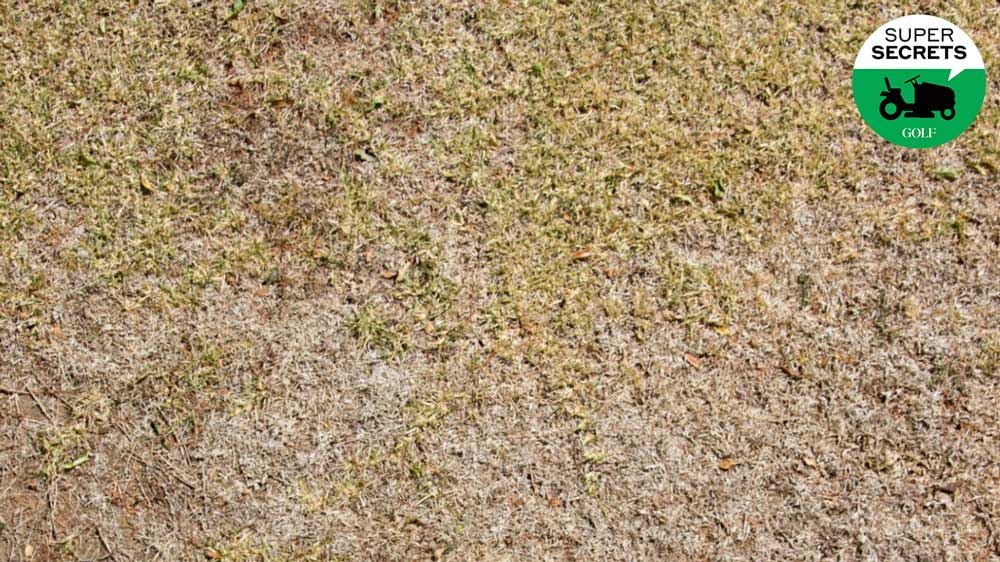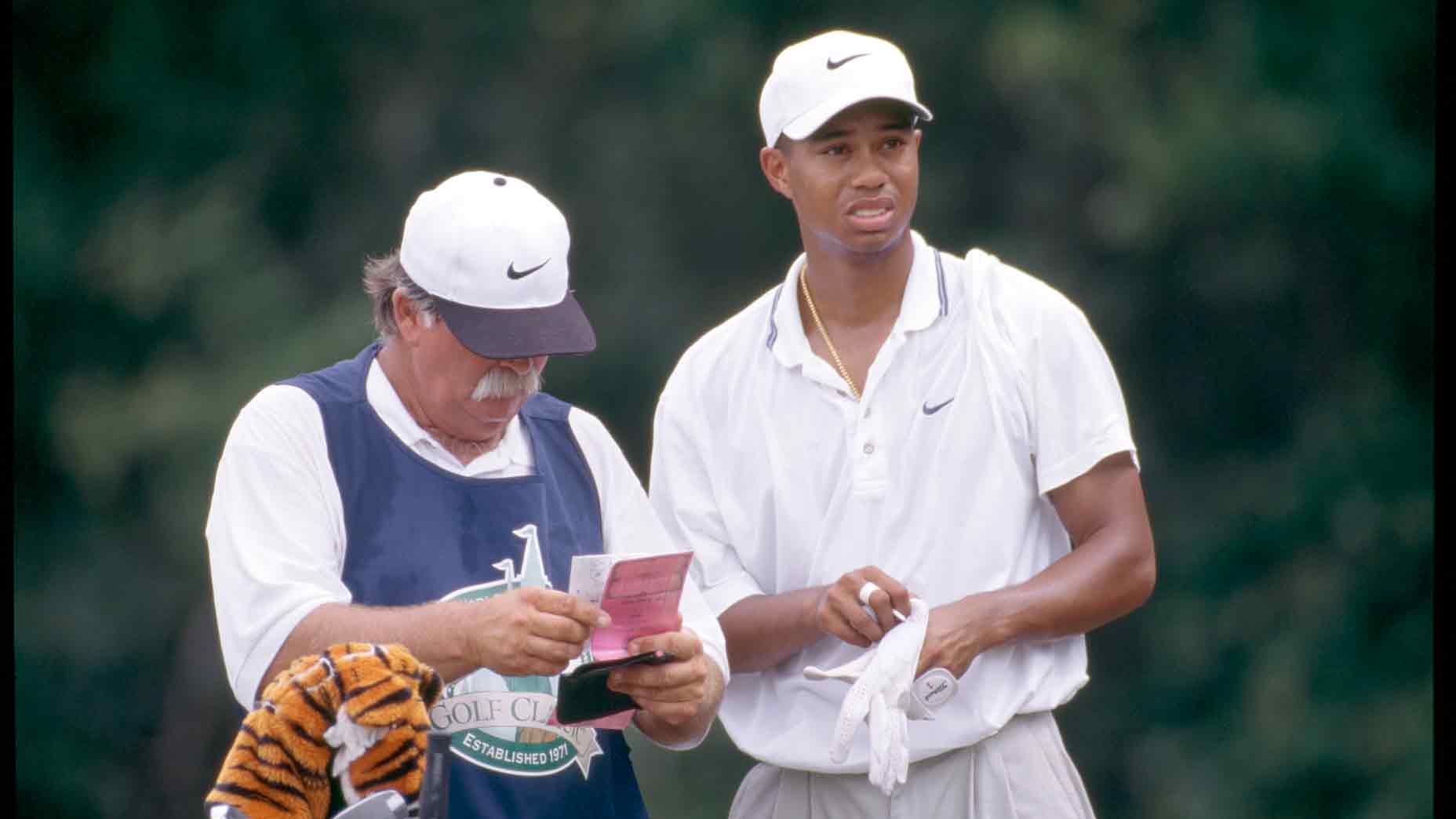
Walk across you lawn. If the trampled grass bounces back quickly, it’s a-okay.
getty images
Brown is the new green.
So goes the widespread eco-conscious message. It’s the industry’s way of saying that tawny turf can be terrific turf — healthy, pure-playing and aesthetically pleasing.
And it’s true.
But on a golf course, as on a lawn, brown can also mean the new dead.
How to tell the difference between dormant and done-for?
David Phipps is a former superintendent who now serves as Northwest regional representative for the Golf Course Superintendents Association of America.
We asked him to help us understand the signs.
Take note of type
As with so much else in turf care, much depends on what variety we’re talking. Not all grass types are equally drought tolerant. Some, like fine fescue, can spend an entire season in a happy, dormant state, where others in that same stretch might wilt and die. Knowing the type of grass is the first step in gauging how long it can go without a drink.
The footprint test
Walk across your lawn. If the trampled grass bounces back quickly, it’s a-okay. If it remains depressed, revealing footprints, it’s approaching (or already in) the danger zone.
The irrigation test
One easy way to tell if your grass has gone beyond the point of no return is to water it and see what happens. Here, again, much depends on turf type. But in most cases, Phipps says, dormant grass will start greening up again within a week, as the turf reawakens and sends out new shoots.
The tug test
Pull on a clump of turf. Dead or dying grass will come up with little to no resistance. Healthy turf will put up more of a fight. Now, inspect the plant, looking closely at where the root meets the shoot. If there’s no green tissue, that’s a sign of trouble. But if there is, the grass likely can still be stirred from its slumber.
Understanding other symptoms
Discoloration isn’t always caused by drought. Poor drainage or disease might be the problem. Overwatering could even be the culprit. If your grass is yellow, it might need a jolt of fertilizer. If it’s marked by rings, it might have a fungal infestation. Point is, turf care can get complicated and turning your grass green again might not be as simple as turning on the hose.










